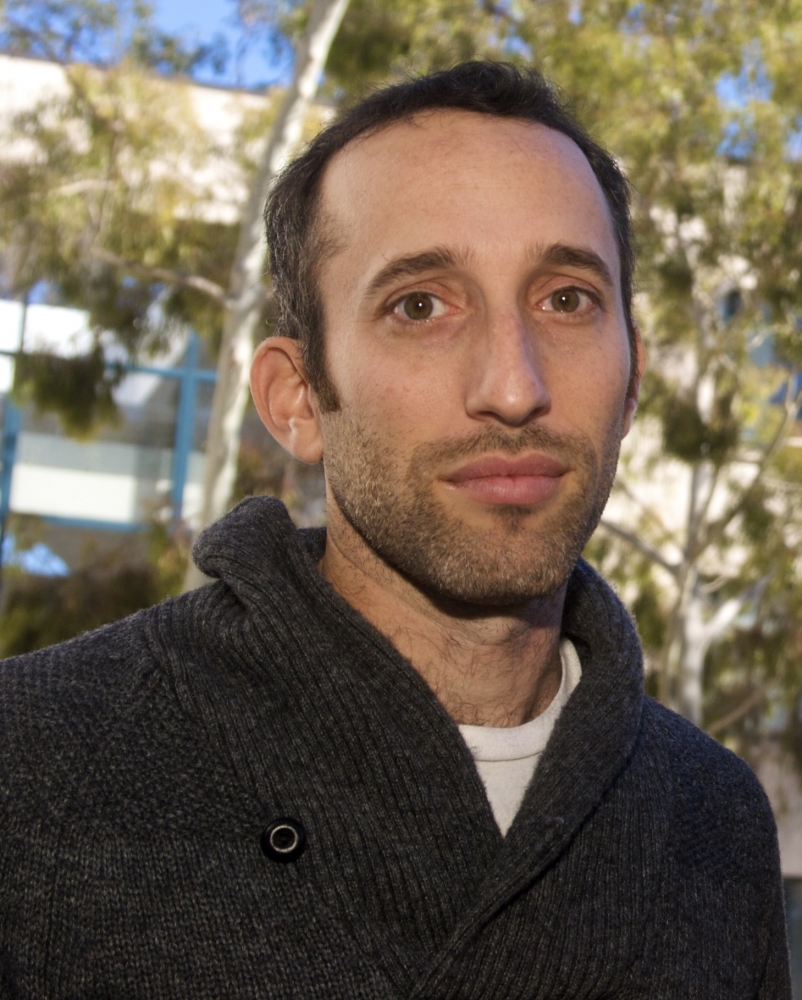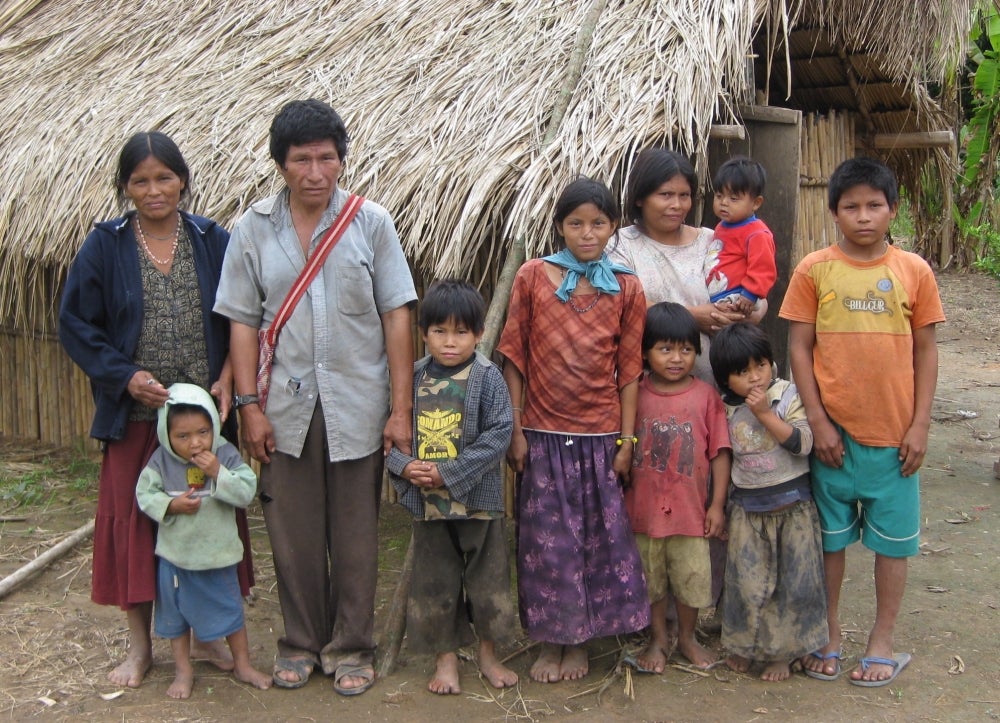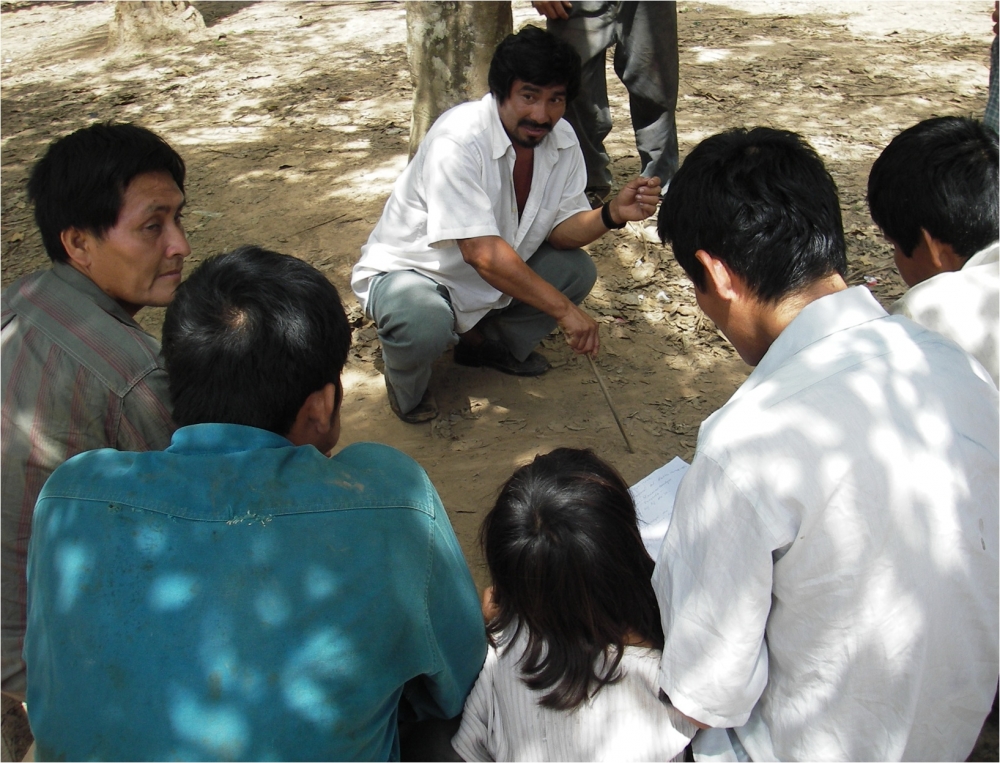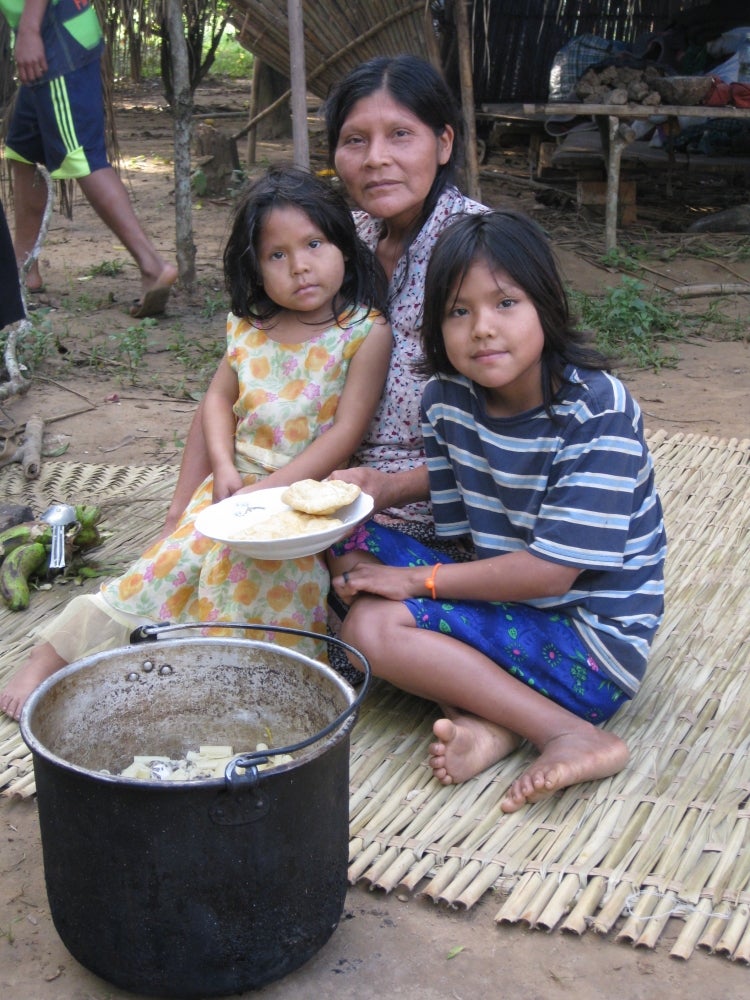Life Lessons

Backpacking around South America after completing his Ph.D. dissertation research in Paraguay, anthropologist Michael Gurven learned about an indigenous population that lived in an isolated area of the Bolivian Amazon.
Numbering more than 9,000 — a rather large group for a small-scale subsistence population — the little-known Tsimane presented a unique research opportunity for Gurven, now a professor of anthropology at UC Santa Barbara. “I’d be able to study the aging process among late-age adults in a way that hadn’t been possible before,” he recalled.
A Long-Term Research Project Begins
That was in 1998, and nearly two decades later this indigenous group has provided hugely valuable clues to the course of human life outside the context of industrial civilization. Through the Tsimane Health and Life History Project (THLHP), co-founded by co-directors Gurven and Hillard Kaplan of the University of New Mexico, researchers have been following several thousand Tsimane to better understand how features of their ecology, lifestyle and social behavior impact their health and wellbeing. They track dozens of complex variables, from biomarkers of immune function, anemia and other health and aging indicators, surveys of social status and food insecurity, to observations of economic productivity and food sharing.
They’ve learned some remarkable things along the way.
In a new article in the journal Evolutionary Anthropology, Gurven and fellow researchers, including former UCSB postdoctoral scholars Benjamin Trumble (now an assistant professor at Arizona State University) and Aaron Blackwell (an assistant professor at UCSB) synthesize more than 15 years of theoretical and empirical findings from long-term study of the Tsimane.
“This project is really an example of big data outside the narrow industrialized context,” said Paul Hooper, another former THLHP postdoctoral scholar, now an anthropologist with the Santa Fe Institute. “The story the Tsimane bear out, through a mountain of data, is the story of all humanity. It’s the ability of humans to produce resources and support the people they care about later in life, in the 40s, 50s and 60s.”
An Extensive Body of Knowledge
Gurven had no idea the project would take on the life that it has. With the co-directors at the helm, the THLHP has provided a learning space for over 30 anthropology graduate students and postdoctoral researchers. “When the project officially started in 2002 the initial plan was to work there for just a year or two,” he said.
However, with a strong infrastructure in place, including a capable group of Bolivian collaborators, and having produced “exciting” preliminary data on demography, family structure and age profiles of resource production, Gurven and his team secured their first substantial grants in 2004 from the National Institute on Aging division of the National Institutes of Health to expand the project in new directions.
Numerous additional grants have followed, and new directions explored. The results have added significantly to the THLHP’s already extensive body of knowledge.
Over the course of the project, researchers have learned, for example, that the Tsimane are almost completely free of atherosclerosis and other forms of heart disease common in high-income countries. Similarly, adult-onset diabetes, allergies, asthma and certain reproductive cancers (e.g. breast, ovarian, prostate), are also practically non-existent in this population. (Parasites and pathogens, on the other hand, are extremely prevalent and quite likely play a role in the absence of the aforementioned maladies). On the other hand, they find evidence of depression, osteoarthritis, low bone mineral density and osteoporosis, and cervical cancer.
In other research, the THLHP team has studied fertility and reproductive decision-making; reproductive hormone affect cognition in men and women; how intestinal worms and giardia act as “dueling” infections competing within their human hosts; and whether repeated births and breastfeeding deplete maternal reserves (the average Tsimane woman bears nine children over her life span). They’ve also looked at how divisions of labor combined with the exchange of food and other goods and services shape the informal economy; multi-generational sharing networks and skill-based expertise of older adults; and the evolutionary significance of personality differences.
The Next Direction
The team’s most recent grant, awarded last month by the National Institute on Aging, will assess Alzheimer’s disease, cognitive aging and dementia, including anatomic neuroimaging of the brain. It is currently unknown whether dementias and brain atrophy are byproducts of modern environments, or if they exist to similar degrees in subsistence societies in which heart disease is minimal but rates of infectious disease are high. The researchers hypothesize that as compared to adults in high-income countries, a slower rate of cerebral atrophy and lower age-related cognitive impairment will parallel the Tsimane’s low incidence of atherosclerosis.
Clues to Our Own Wellbeing
But as all this science sheds light on the Tsimane, it also tells us something about ourselves. “Learning from others can help us view ourselves through a different lens,” Gurven said. “That’s particularly true in studying folks who live a lifestyle more similar to how we would have lived before the advent of all our modern amenities — electricity, clean water, supermarkets and health insurance.”
Given that our species evolved under physical and social conditions more similar to those of the Tsimane, working with groups like the Tsimane can provide insight into how those conditions shaped many aspects of our physiology, our health and even our minds, Gurven added.
“In the area of health, we’ve been able to shake common understandings of what many often assume is universal about growing old — like clogged arteries, heart attacks, prostate hyperplasia, thick waistlines and poor sleep,” he continued. “Studying the same people over time has been a pleasure for so many reasons. We’ve been able to build trust and have a positive impact on people’s lives with healthcare delivery and other services over the years.”
Long-term studies of isolated subsistence populations like the Tsimane are rare, but also extremely valuable. “How people age in a preindustrial context — from physical condition, health, memory, immune defenses and the myriad other ways we have measured — sheds light on what features of the aging process may be universal, and what might account for differences in the timing of their onset,” Gurven noted. “Which aspects of aging are more modifiable, and which are due to rapid changes in our environment and lifestyle?”
“A Golden Opportunity”
And what does research such as the THLHP portend for the Tsimane?
“How the expansion of market integration in an increasingly globalized world will impact the lives of people like the Tsimane is a fascinating question,” said Gurven. Similar populations have avoided the larger society until recently, he added, but now many villages are within close proximity of towns, markets and schools. Rather than claiming the Tsimane are less amenable to study because of changing livelihoods, Gurven would argue that studying the process close up is instead a “golden opportunity.”
“Changing life ways offers new opportunities to tease apart how each separate component of change affects physical and mental health,” he said. “With hope and foresight, one can try to prevent some of the chronic disease epidemics that have afflicted native North Americans and other indigenous populations.”






